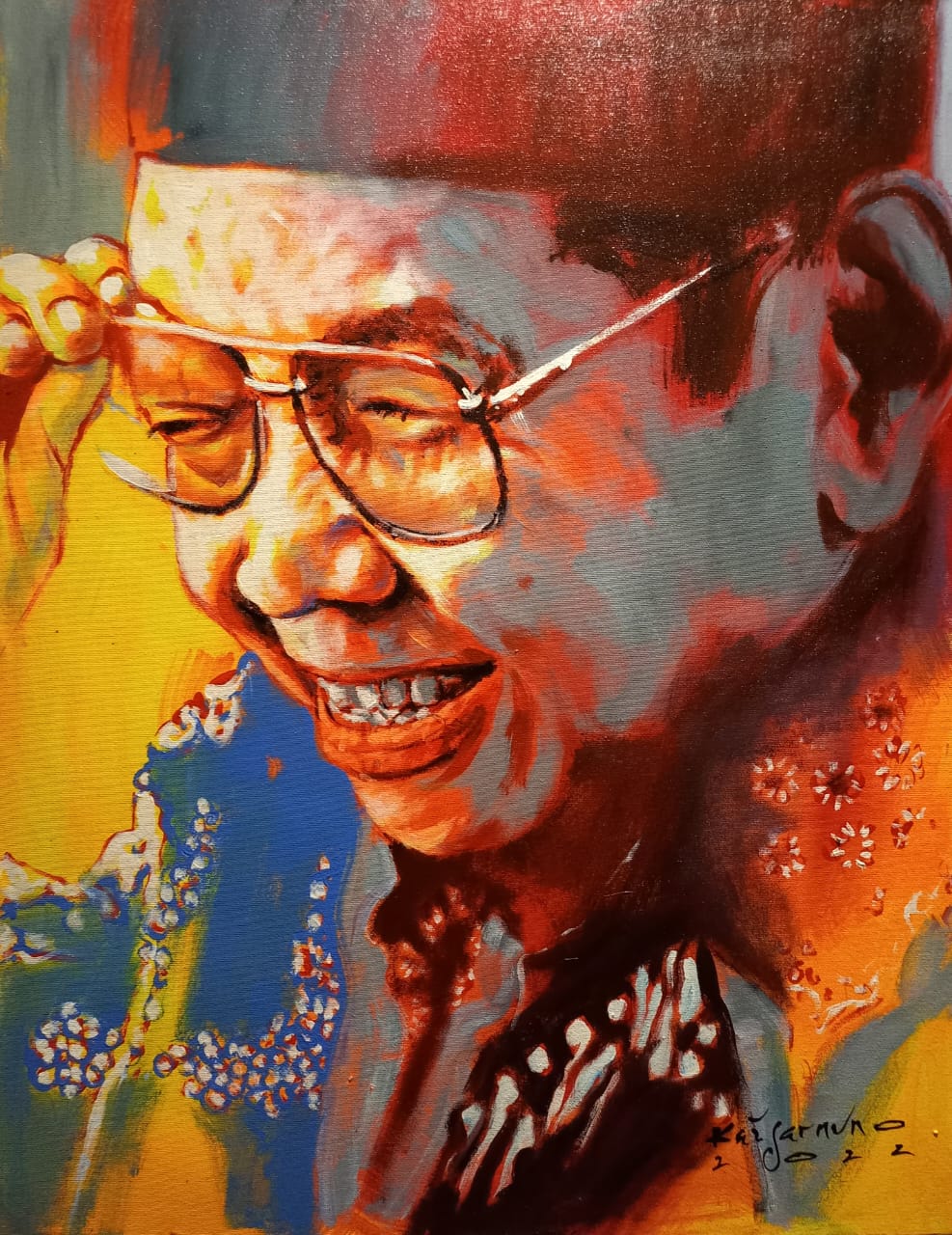(The Romance of PMII and Gus Dur)
The figure of KH Abdurahman Wahid, fondly known as Gus Dur, remains familiar in our minds—a champion of democracy and religious tolerance, the 4th President of Indonesia, and the Chairman of PBNU from 1984 to 1999, among many other notable achievements.

As a kiai, Gus Dur’s Islamic intellectual heritage has profoundly contributed to the development of Islam. Yet, remarkably, the advancement of Gus Dur’s thoughts has often sparked controversy among other kiais. In fact, in a book authored by Muhammad Najih Maimoen (Gus Najih, the son of Mbah Moen Rembang), Gus Dur was nominated as the first liberal figure among the Nahdlatul Ulama (NU) community.
Despite criticisms and accusations of “deviation,” Gus Dur remained resolute and unwavering. Ironically, these allegations often came from those with a superficial understanding of their own faith. On one occasion, Gus Dur remarked, “What do you all know? This is just the tip of the iceberg. Even Hadaratusyaikh (KH Hasyim Asy’ari) kept fighting despite being partially paralyzed.”
For the members of the Indonesian Islamic Student Movement (PMII), Gus Dur is akin to a prophet. Such sentiments echo in Malik Haramain’s work in the book ‘PMII di Simpang Jalan?’ It’s not an exaggeration to liken Gus Dur to such a revered figure. He instilled a spirit of critical thinking within PMII.
In the 1980s, Gus Dur began actively writing about NU from various perspectives: cultural, social, and political. His writings eventually became the cornerstone of the critical tradition within PMII.
During that time, PMII members started gaining confidence, no longer adhering strictly to NU’s traditional culture. Understandably, PMII, culturally tied to NU, seemed influenced by NU’s traditional way of thinking. They even dared to question fundamental issues within NU.










